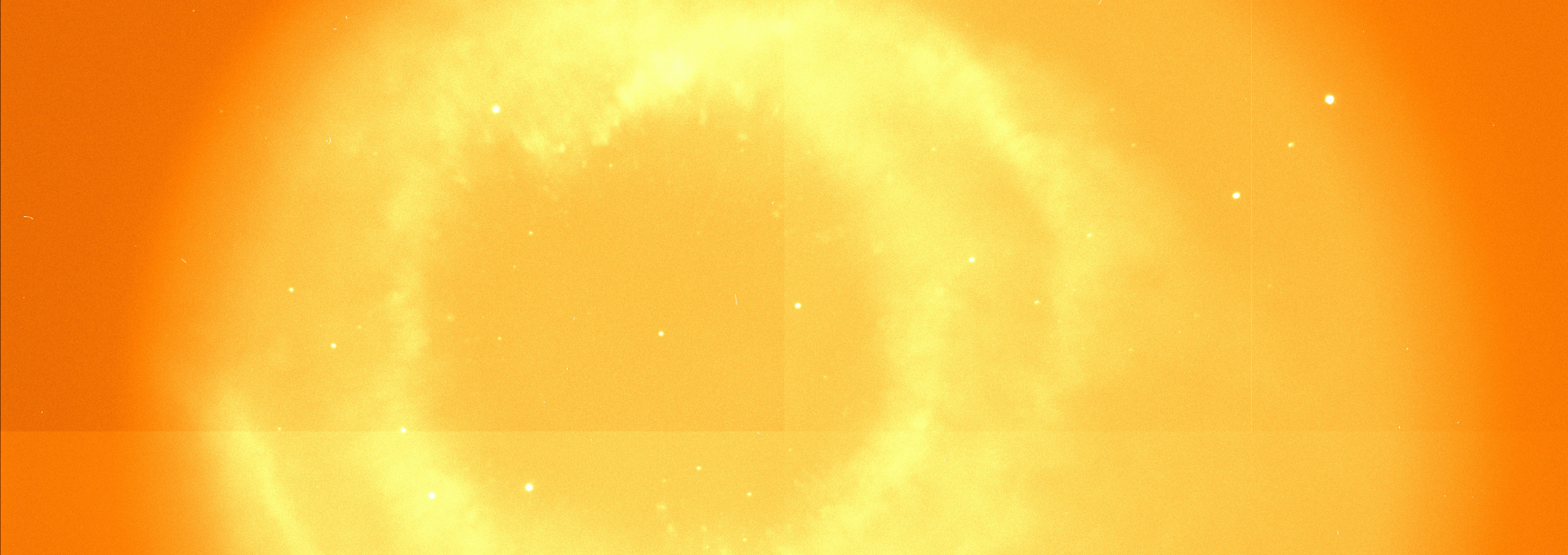CAMELOT2


Wide field camera (21.98 arcmin x 22.06 arcmin) for direct imaging. CAMELOT2 has 3 different readout modes (1, 2 or 4 channels) and each one has 4 readout speeds (100kHz, 344 kHz, 709 kHz and 855 kHz). It is operative since September 2018 at the IAC80 telescope.
Team members:
CAMELOT2 has 3 different readout modes (1, 2 or 4 channels) and each one has 4 readout speeds (100kHz, 344 kHz, 709 kHz and 855 kHz). The usual readout mode is the one with 4 channels, and the usual readout speeds are 709 kHz and 344 kHz. Some useful information for each readout speed is shown in the table below.
| Mode | Readout speed (kHz) | Readout time (s) | Dynamic range (counts) | Recommended flat counts |
| 0 | 344 (Attn 0) | 13.5 | 56000 | 39000 |
| 1 | 344 (Attn 1) | 13.5 | 40000 | 28000 |
| 2 | 709 | 7.2 | 22000 | 16000 |
| 3 | 100 | 43.6 | 60000 | 42000 |
| 4 | 855 | 6.6 | 12000 | 8000 |
Since mid of 2019, CAMELOT2 has replace the previous common use instrument CAMELOT. CAMELOT2 (from in spanish ‘CAmara MEjorada LIgera del Observatorio del Teide’) is the common user instrument of the IAC80 telescope, at the Teide Observatory. The IAC80 telescope has 82 cm of aperture and at its cassegrain focus is placed CAMELOT2, an instrument with a detector made by Spectral Instruments. It is a 4kx4k back illuminated CCD which operates in the optical wavelength range. It has a huge collection of filters which includes SDSS griz, Johnson UBVRI, Strömgrem uvby standards and many narrow filters. The pixels size is 15 μm which implies a pixel scale on-sky of 0.322 arcsec/pix. The theoretical field of view must be 22 x 22 arcsminutes² but, due to the vignetting caused by the filters, the useful field (squared) of view is 11.8 x 11.8 arcminutes².
Since 2020, there is an ongoing project for improvements in the control software of the camera. As main objetives, the new software is expected to provide image reduction in real-time, automatic focusement of the telescope, automatic guide positioning, a web-based tool to create observing macros, and other important options to use the camera, as CCD binning and windowing.
No se ha encontrado ningún resultado.